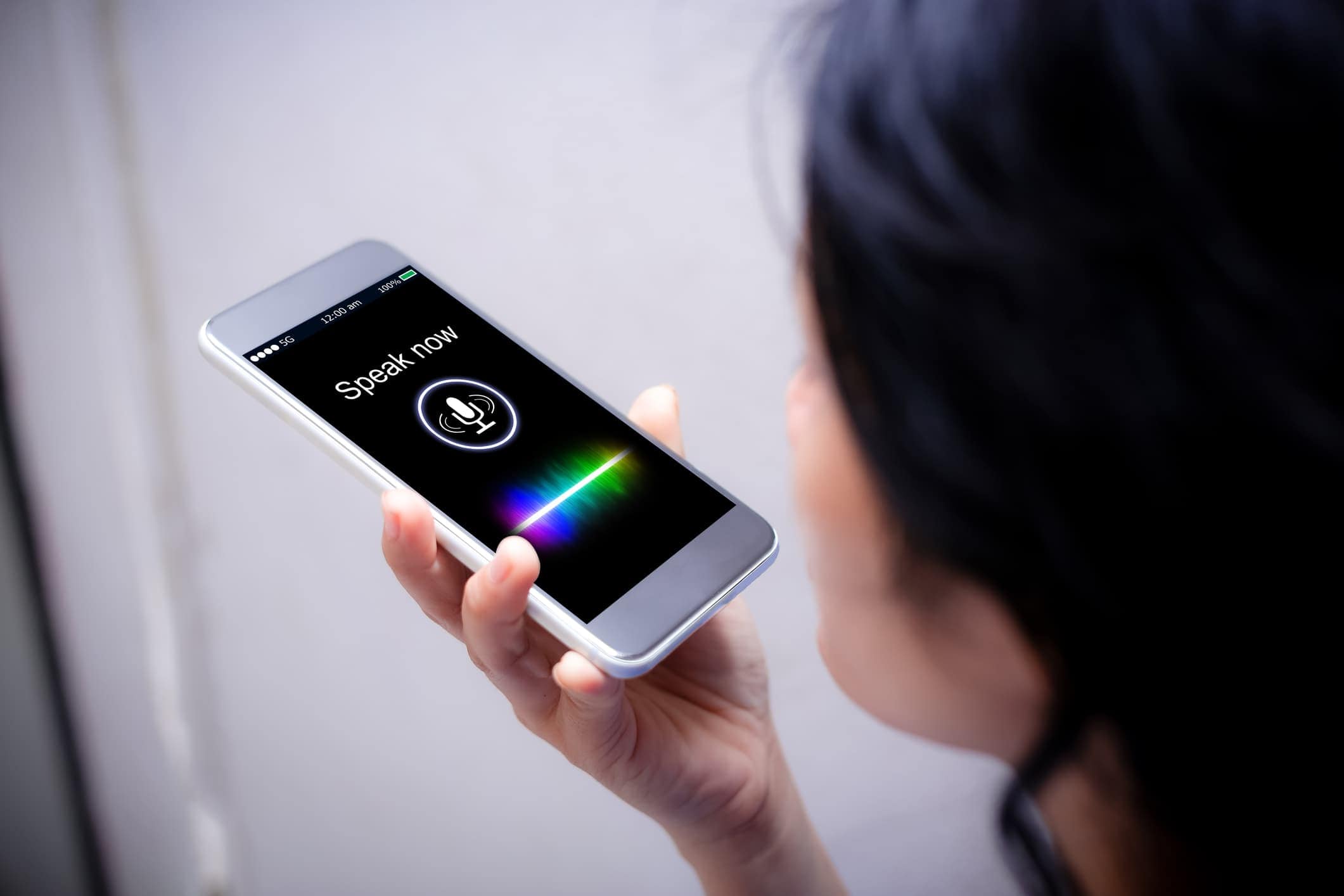Voice User Interface Vices: Developing Effective Voice-activated Applications

Executive Summary

Voice user interfaces (VUIs) have emerged as a game-changer in human-computer interaction, offering users a convenient and intuitive way to access information, control devices, and perform tasks through spoken commands. However, designing effective VUIs requires careful consideration of specific challenges and vices inherent in this modality. By understanding these vices and implementing best practices, developers can create voice-activated applications that deliver a seamless and engaging user experience.

Introduction
Voice user interfaces have rapidly gained traction in recent years, transforming the way people interact with technology. From smartphones to smart home devices, VUIs are empowering users with hands-free control and ease of access. However, the unique characteristics of voice interaction pose distinct challenges for designers. It is crucial to address these vices to ensure that VUIs meet user expectations and deliver a satisfying experience.
FAQs
1. What are the primary challenges of VUI design?
- Speech recognition accuracy
- Natural language understanding
- Managing user expectations
- Privacy and security concerns
2. How can I create a user-friendly VUI?
- Use clear and concise language
- Provide context and feedback
- Handle errors gracefully
- Conduct user testing to gather feedback
3. What are the best practices for designing VUIs?
- Follow design guidelines
- Incorporate accessibility features
- Optimize for discoverability
- Use machine learning to enhance accuracy
Top 5 Vices of VUI Design
1. Speech Recognition Errors
- Accuracy can be influenced by factors such as background noise, accents, and speech speed.
- Use noise cancellation techniques
- Implement robust speech recognition engines
- Provide visual feedback or confirmation
2. Natural Language Ambiguity
- Users’ speech is often complex and ambiguous, making it difficult for VUIs to interpret intent.
- Use natural language processing techniques
- Provide multiple ways for users to express their intent
- Offer disambiguation options or confirmation prompts
3. Limited Context and Feedback
- VUIs lack the visual cues present in graphical user interfaces, making it harder to provide context and feedback.
- Use verbal cues and prompts
- Provide clear feedback on actions and responses
- Display transcripts or visual aids when possible
4. User Expectation Mismanagement
- Users may have unrealistic expectations of VUI capabilities.
- Set clear expectations through training and documentation
- Provide detailed error messages
- Manage user expectations by understanding the limitations of the technology
5. Privacy and Security Concerns
- VUIs collect sensitive data, such as voice recordings and personal information.
- Implement robust data encryption and security measures
- Comply with industry regulations and privacy policies
- Offer users control over their data collection
Conclusion
Designing effective voice user interfaces requires a conscious effort to address the inherent challenges and vices of this modality. By understanding these vices and implementing best practices, developers can craft voice-activated applications that deliver a seamless and engaging user experience. By addressing the challenges such as speech recognition errors, natural language ambiguity, limited context and feedback, user expectation mismanagement, and privacy and security concerns, we can unlock the full potential of VUIs and revolutionize the way we interact with technology.
Relevant Keyword Tags:
- Voice User Interface (VUI)
- Speech Recognition
- Natural Language Processing
- User Experience
- Privacy and Security


